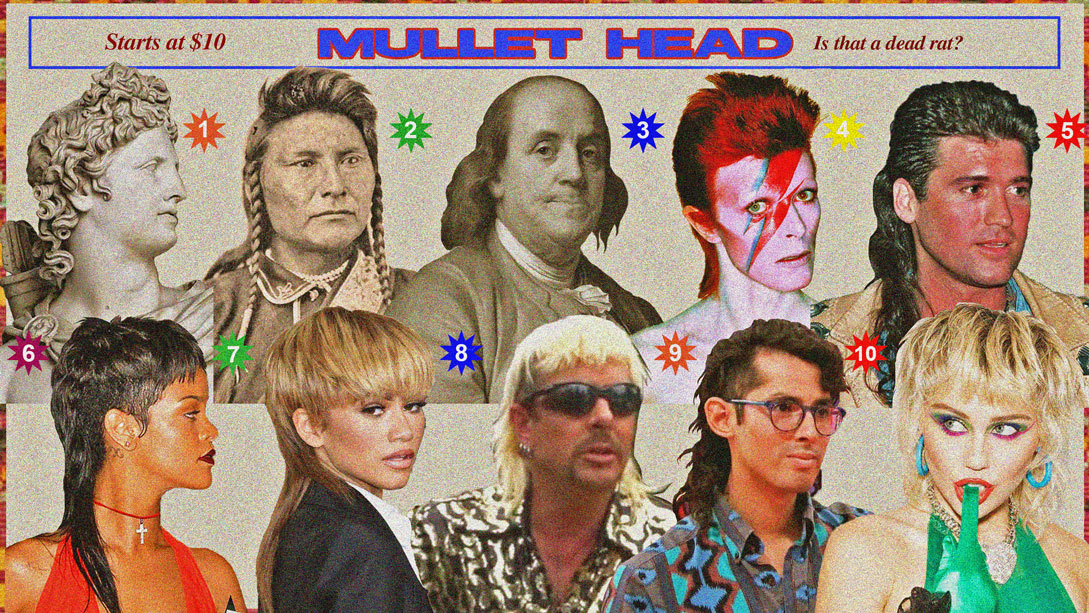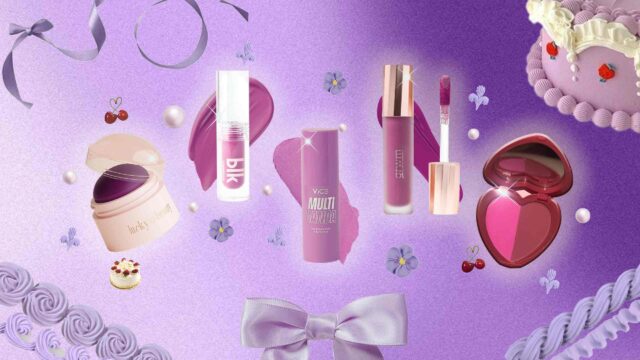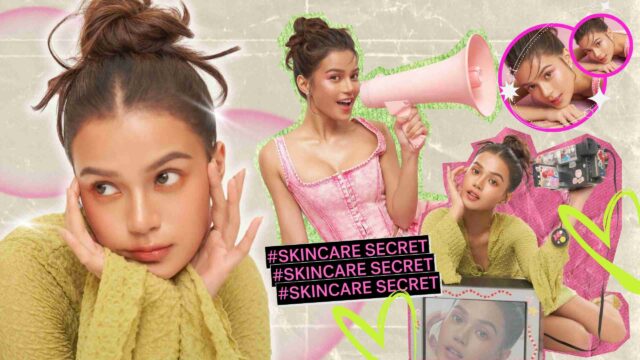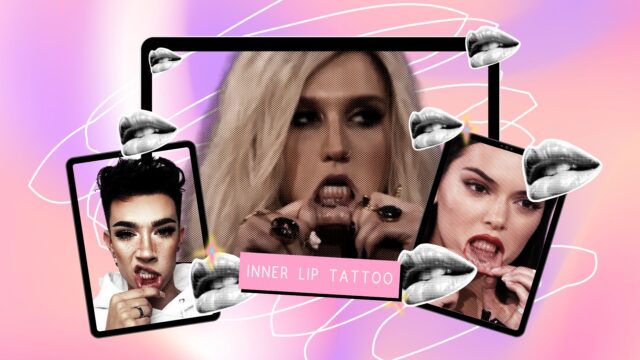Rat tail, schlong, feather cut, we get it. The mullet trend may not be for everyone. But digging a little deeper on its roots, we find out how it became both the worst and coolest haircut in the world.
“It’s just hair!”
N-O-P-E. Sure, it may seem to fit the modern aesthetic of irreverence or you’ve seen it floating around on TikTok while looking for your next quarantine chop. But hair is a key non-verbal communicator of someone’s identity—whether it fits society’s beauty standards or not. When Rihanna revived the mullet back in 2013, the media quickly jumped in and said, “is there any excuse for Rihanna’s grievous summoning of the asymmetric hair devil?” It also gave off the “dirty pick-up truck masculinity” vibe to most people, and eventually, the hairstyle became banned in Iran.
But the mullet wasn’t always misunderstood. The divisive trend has been rejecting all forms of stereotypes and norms since ancient civilization. Finally reclaiming its crowning glory in 2020, it only took two cultural icons like Miley Cyrus (a direct descendant of the trend) and Crystal Methyd, the unapologetic mullet queen on RuPaul’s Drag Race to reach mainstream consciousness. We finally get down to business on its sudden rebirth and why it’s actually a trend rich in history.
RELATED: 8 Cool E-Girl Hairstyle Ideas For Your Next Baddie Look
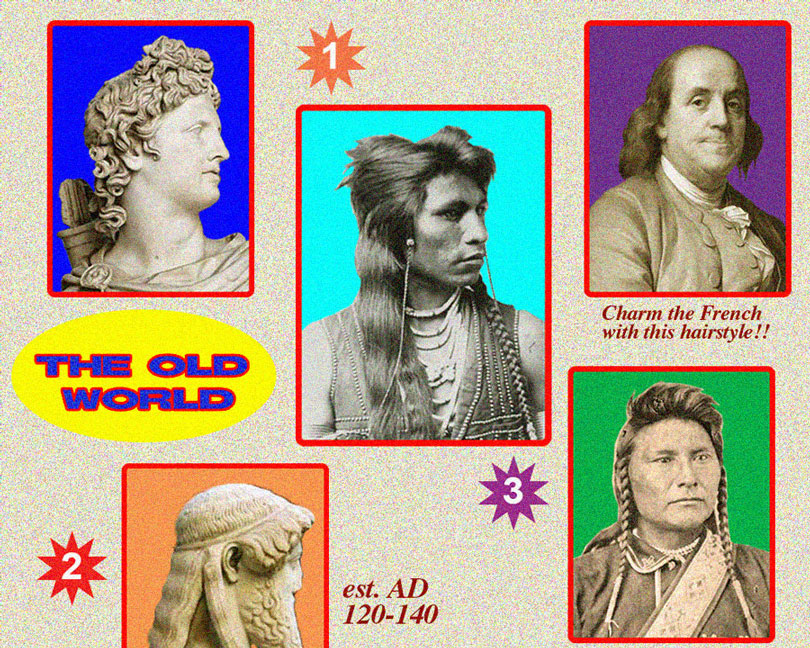
Did you honestly think warriors and soldiers from centuries ago wore their hair in the most dull and unfunctional way? Nah. It was first described on the Iliad by the Greek poet Homer as “forelocks cropped, hair grown long at the backs” worn by a group of Spearmen called the Abantes. Then it became a phenomenon in ancient Rome and was called the Hun cut. A style that became exclusive to only the young and wealthy Roman chariot racers of the city. Most probably favored because of its practical and adaptable shape, without hair agitating their eyes in battle. It also became a symbol of power and political protest by native Americans, most notably Chief Joseph. Oh, and who could ever forget Benjamin Franklin’s skullet that he used to charm France into helping the US? All that POWER.
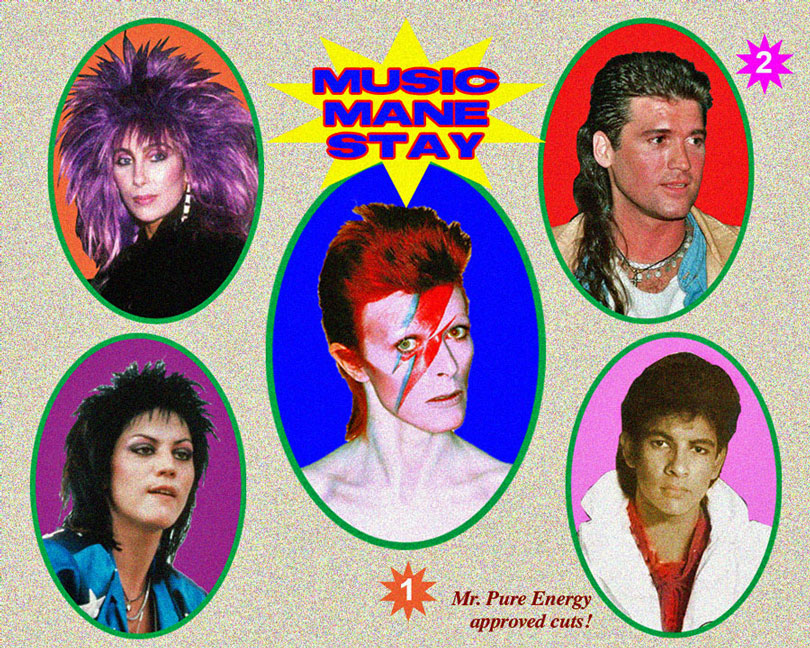
In Filipino pop culture, Gary V always had glorious tresses, and the heartthrobs of 80s teen group Bagets wore them long. Pretty sure you can remember at least one or two photos of your dad back in the day, sporting the ‘long back.’ You can thank David Bowie for the mullet’s resurgence in the 70s, inadvertently redefining the glam rock era. His hairstylist Suzi Ronson revealed in an interview, “(Bowie) walked over to show me a photo in a magazine. It was of a model for fashion designer Kansai Yamamoto with short, red, spiky hair. He said: ‘Can you do that?’ The rest was history and Ziggy Stardust was born. But it wasn’t just reserved for rockstars like him and Paul McCartney. It was also popularized by country singers (we’re looking at you, Billy Ray Cyrus), hippies, pop stars, and celebrities. It wasn’t until the 90s when hiphop group Beastie Boys finally coined the term with their song, Mullet Head.
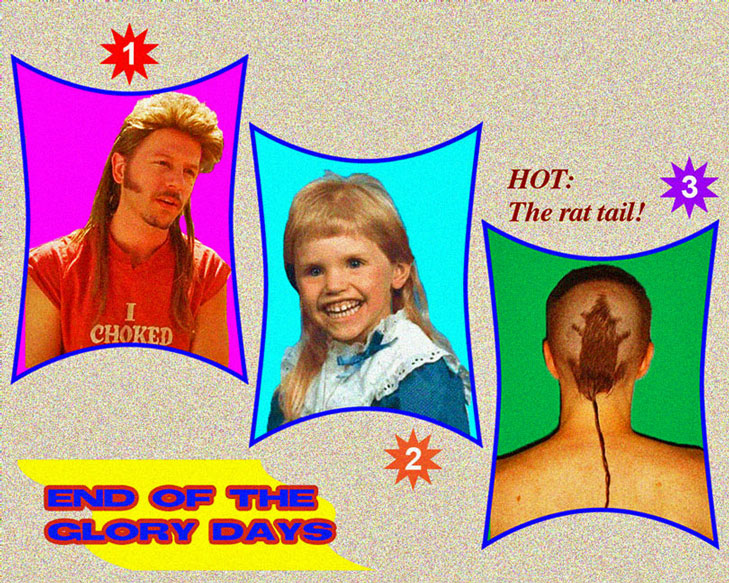
The hairstyle met its demise when stereotypes and pub jokes surfaced and films like Joe Dirt started to portray the wearer as pick-up truck dudes with greasy muscle tees and robust masculinity who had an affinity for country music. Yikes. One man on TV even called it “dirty.” The mullet instantly left a bad taste and anyone who wore them received backlash—including athletes. (Why couldn’t they just let people live?) Although if you’re looking for more people wearing them, feel free to visit this site dedicated to documenting their hardcore love for the trend. Their reviews are a guaranteed 11 out of 10.
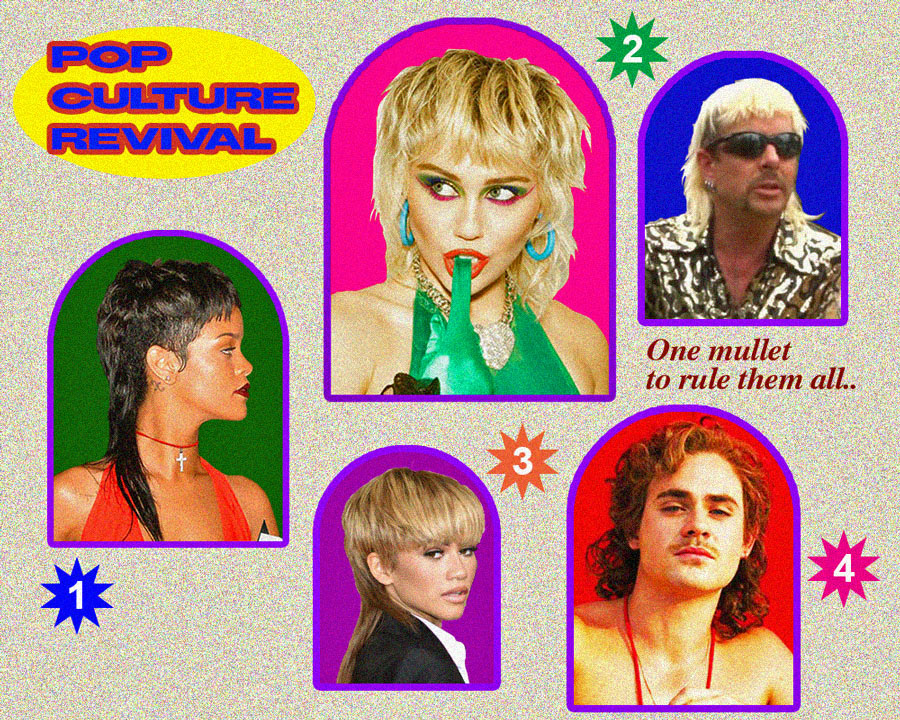
We hate to admit it, but Tiger King’s Joe Exotic undeniably sparked the beginning of what others would call the haircut of doom early this year. Zendaya also wore it to the 2016 Grammy’s red carpet and initially drew flak, but she loved it anyway, and so did we. Rihanna’s ghetto goth mullet phase was definitely a cultural reset, and of course, she just had to bring them back in her Savage x Fenty show. Electro hiphop duo Die Antwoord unforgettably paved the way too. The real deal? Miley Cyrus paying homage to her old man. Yes, it truly was in her DNA. There’s Billy from Stranger Things, GoT’s Maisie Williams, and Billie Eilish’s accidental ‘do that invaded the Internet, spiking up search results for: How to cut a mullet. Yep, we’re not doing it, we’re just thinking about it.
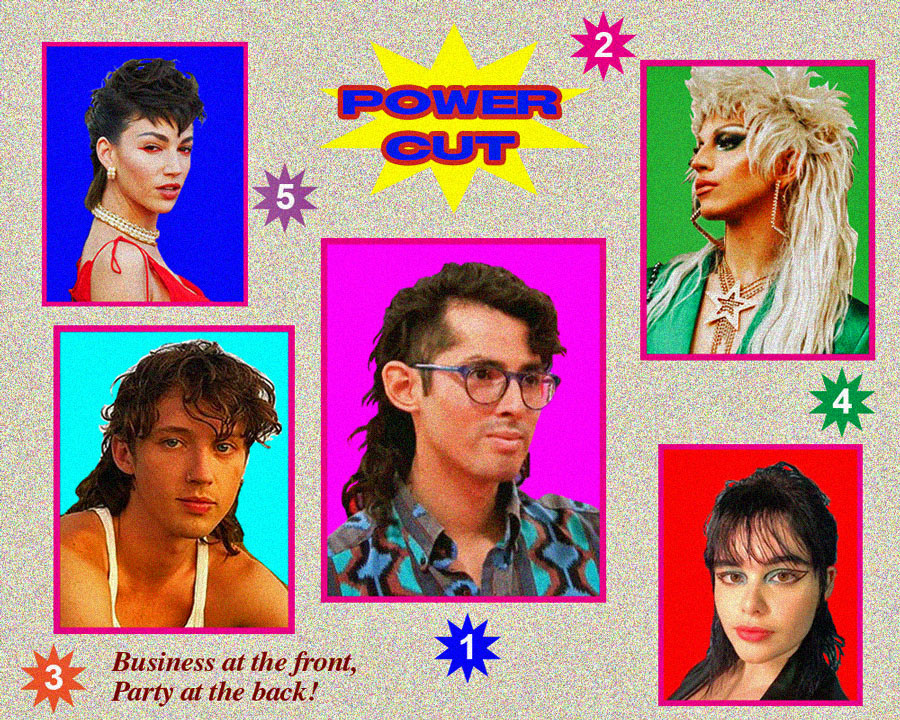
What was deemed dirty actually held a lot of power even ages ago, and its unconventional and rebellious nature was ingrained in every person who wore them. Each controversy the mullet faced was a revelation of our twisted perception of beauty. Did boxing women to only wearing “pretty” long locks help? No. Was the perception of the mullet being quintessentially ugly stop anyone? No. In fact, by the end of the 80s, the queer community fully embraced it. A story by Columbia Chronicle on the trend cited, “Mainstream cisgender and heterosexual society places certain expectations on hair. Longer hairstyles typically belong to women, and shorter hairstyles typically belong to men.” Drag Race superstar Crystal Methyd made sure that the short in the front and long at the back was intentional to those who needed representation. The hairstyle has a long-standing relationship with the community including icons such as singer Troye Sivan, duo Tegan and Sara Quin, Barbie Ferreira, and Christine and the Queens’ lead singer, Chris.
Love it or hate it, the mullet was and still is a big f#*k you to society’s beauty standards. We hate to be the bearer of bad news, but it isn’t disappearing anytime soon.
Photos courtesy of History.com, Instagram, Wikipedia, Hollywood Reporter, Vogue, Buzzfeed
